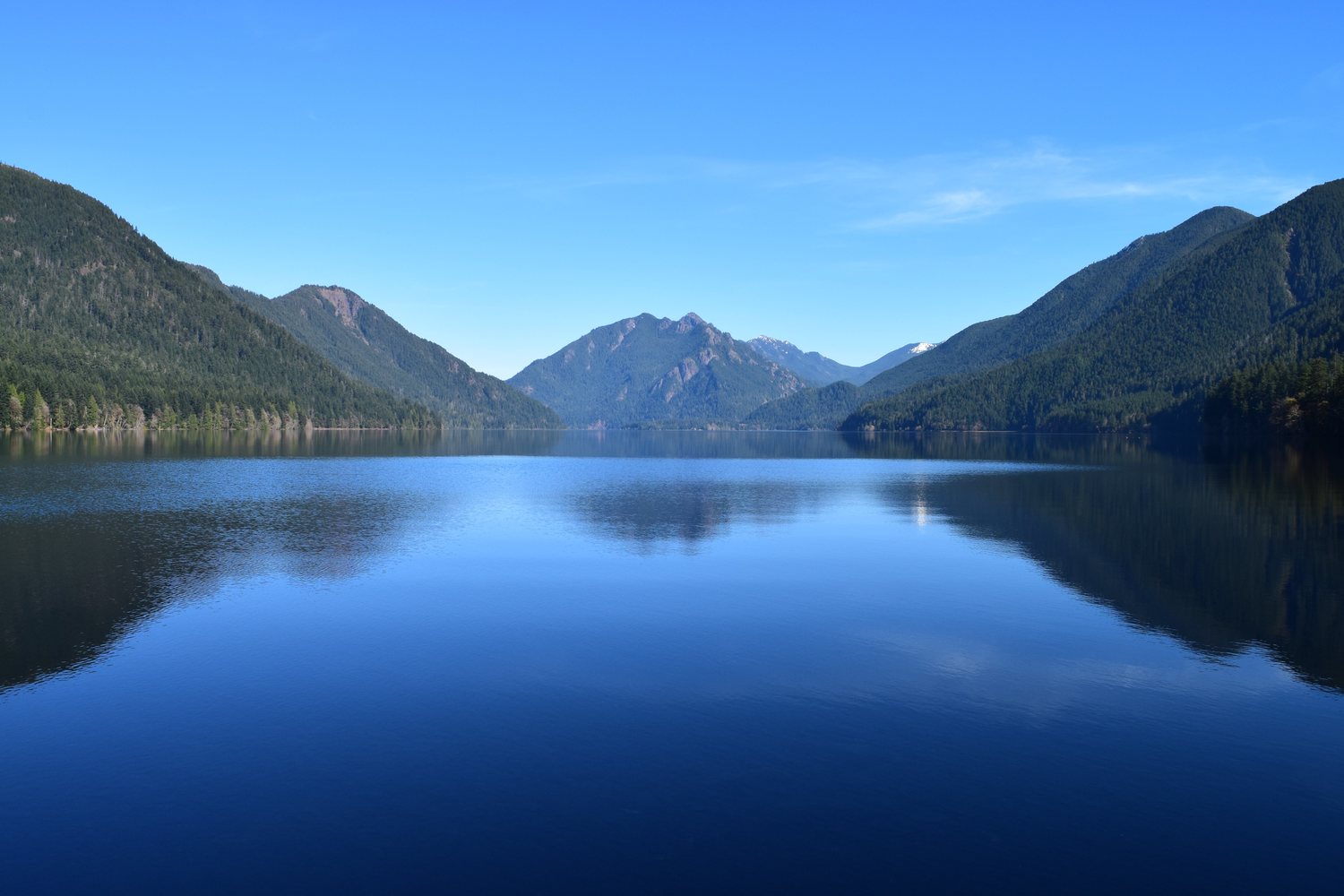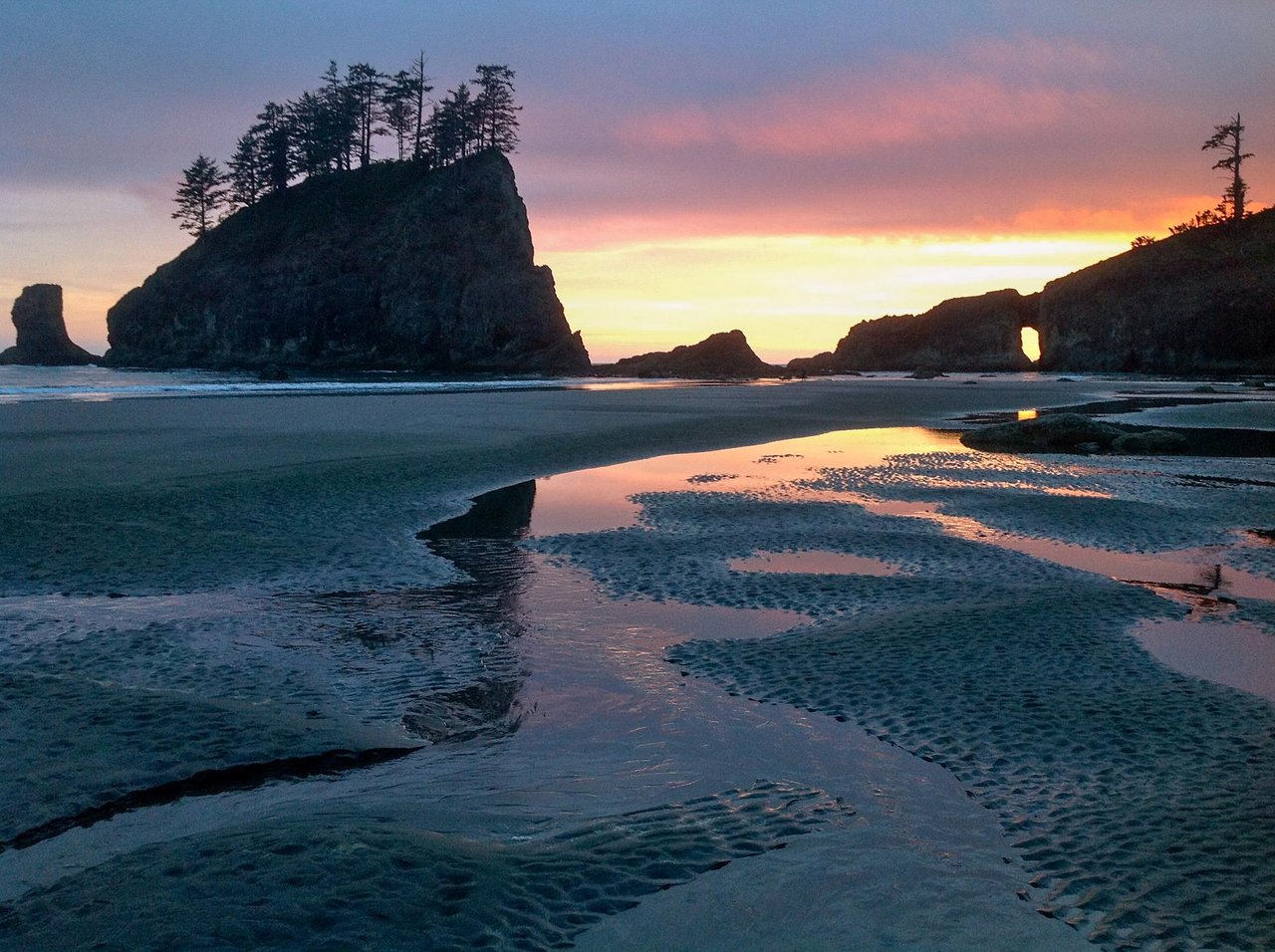The Olympic Peninsula in Washington State is a region of unparalleled natural beauty and rich cultural history, offering a diverse array of landscapes and experiences. This blog delves into the highlights of these remarkable locations, inviting you to discover the enchanting beauty and diverse attractions of the Olympic Peninsula.
Hoh Rain Forest
The diverse and dramatic Hoh Rain Forest is one of the most popular destinations on the Olympic Peninsula and beyond. Lush greenery abounds, thanks to an average 168 inches of annual rainfall. Explore rushing rivers, tumbling waterfalls and miles of trails through dense rain and old-growth forests. Herds of Roosevelt elk accompany your views and world-class salmon and steelhead fishing beckons. Learn some knowledge at the visitor center, pitch a tent on a mossy bed, walk a nature trail or venture beyond the beaten path. Experience the wonder of this one-of-a-kind spot. Learn More
Port Townsend
Located on the northeast corner of the Olympic Peninsula, Port Townsend is steeped in maritime history and Victorian era appeal—one of only three Victorian seaports on the National Register of Historic Places. Dubbed the ”Paris of the Pacific Northwest” by Sunset Magazine, Port Townsend has garnered a national reputation as one of the coolest small towns in America. A year-round slate of festivals and events offer something for every interest, from film and music, to wooden boats and kinetic sculpture races. Trek nearby beaches and trails, explore seafaring heritage, stroll tree-lined historic streets and eclectic shops and galleries, and get a taste of locally sourced food fresh from the farm and sea. Learn More
Ruby Beach
For thousands of marine species, these coastal waters are a safe haven. The marine environment and offshore islands are protected by three national wildlife refuges and Olympic Coast National Marine Sanctuary. The refuges manage the islands visible above high tide waters for 135 miles along the coast. Large nesting colonies of birds like common murres and tufted puffins need these rocky outposts. Kalaloch is one of the most visited areas of Olympic National Park. Kalaloch and Ruby Beach are located on the southwest coast of the Olympic Peninsula. They are accessible directly off of Highway 101. Learn More
Lake Crescent
Nestled in the northern foothills of the Olympic Mountains, Lake Crescent lies about 18 miles west of Port Angeles (directions). The pristine waters of this deep, glacially carved lake make it an ideal destination for those in search of natural beauty. A massive landslide isolated Lake Crescent from Lake Sutherland approximately 7,000 years ago. There are two uniquely adapted populations, the Crescenti and Beardslee trout, that resulted from genetic isolation following this event. Learn More
Olympic National Park
With its incredible range of precipitation and elevation, diversity is the hallmark of Olympic National Park. Encompassing nearly a million acres, the park protects a vast wilderness, thousands of years of human history, and several distinctly different ecosystems, including glacier-capped mountains, old-growth temperate rain forests, and over 70 miles of wild coastline. Learn More
Forks & La Push
From the historic timber town of Forks to the surfboard-worthy waves and sea stacks of First Beach at La Push, this Olympic Peninsula region is ideal for those seeking coastal experiences and adventure, the lush Hoh Rain Forest or to explore the town made famous by the Twilight Saga novels. Discover 70 miles of protected coastline and a sanctuary teeming with wildlife, from tidal pools to eagles to deer–and sometimes cougar and bear! Hike forested trails, explore the Quillayute River brimming with salmon and trout and dig into the deep–rooted culture of the local Native American tribes, like the Quileute, Hoh and Makah. Learn More
The Dungeness Spit
The Olympic Peninsula is home to the longest natural sand spit in North America. The Dungeness Spit just north of Sequim boasts breathtaking views, rich maritime history and an abundance of wildlife. It stretches nearly seven miles north into the Strait of Juan de Fuca and continues to grow by around 13 feet each year. Hiking the Dungeness Spit is a rewarding experience for all levels of physical ability. Learn More
More Like This


